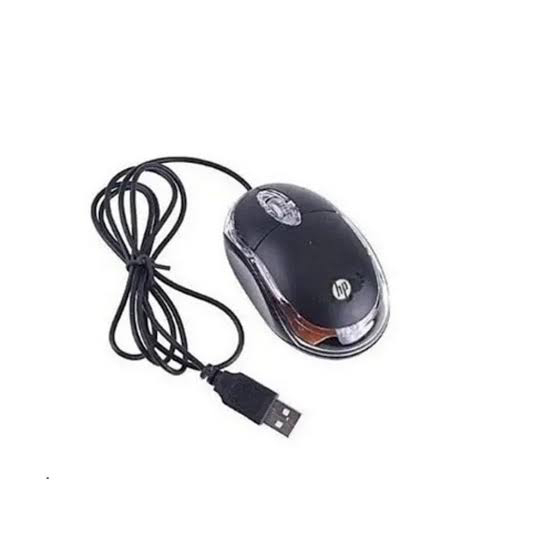
A webcam is a digital video and photo camera connected to a computer. It is used to transmit images over the Internet.
You can purchase webcams separately, but they are already built into laptops and smartphones.
The camera connects to a computer and delivers images to a web server by request, either continuously or at intervals. Some cameras with special software work independently as a web server and send images via e-mail.
Security webcams can be equipped with motion detectors, external sensors, night vision sensors, etc.
Device
The main part of a webcam is the sensor. It is a semiconductor chip that consists of millions of light-sensitive squares. These squares are called pixels.
The camera also has an analog-to-digital converter and a microprocessor.
How it works
1 - Lens
2 - Optical filter
3 - Sensor
4 - analog-to-digital converter
5 - Compression block
6 - Central processor
7 - Flash memory
8 - RAM
9 - Internet
10 - COM port
11 - Input/output unit
- The light sensor in the cameras is used to capture the light image and transmit it to the microprocessor. This sensor converts the captured light into electrical signals.
- The central microprocessor transmits the signal to the analog-to-digital converter. It converts the analog image into a digital one, in other words, into a code of zeros and ones.
- The compression units compress the digital signal into MPEG format files.
- The information is transmitted to a computer via a USB interface, then to the Internet.
Main parameters
Resolution
It means the number of pixels vertically and horizontally on the image sensor. The more pixels, the higher the image quality is.
FPS
This is the number (or frequency) of frames per second that the camera can process. Budget cameras have frames per second of about 24. A good fps rate is between 50 and 60 frames per second.









































